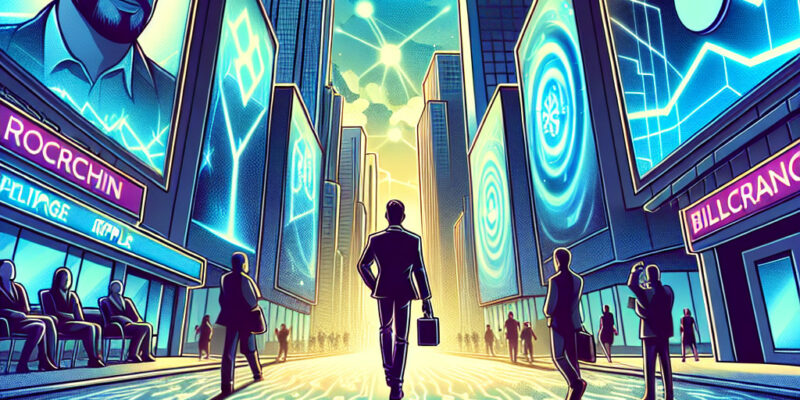Unlock Ripple’s Latest Breakthroughs: Must-Know Updates for September 24

Ripple, known for its innovative approach to digital payments, continues to be a driving force in the evolution of blockchain technology. This month, the company has introduced several significant changes and updates, marking another step forward in their ambitious journey to revolutionize the financial landscape.
Historically, Ripple has aimed to simplify and speed up cross-border transactions. By leveraging blockchain technology, they provide a solution to the often cumbersome and slow traditional banking systems. Ripple’s digital currency, XRP, plays a crucial role in facilitating these transactions by acting as a bridge currency in the foreign exchange process. This system reduces the time and cost associated with international money transfers—a significant pain point for individuals and businesses around the globe.
Recently, Ripple has made notable strides in expanding its partnerships and enhancing its technology. Their latest collaboration with financial institutions in the Middle East and Asia underscores their commitment to broadening their global reach. By forming alliances in regions where traditional banking infrastructure may be less developed, Ripple is not only driving adoption of their technology but also providing vital financial services to previously underserved markets.
Furthermore, Ripple’s ongoing legal battle with the U.S. Securities and Exchange Commission (SEC) remains a closely watched narrative within the crypto community. The outcome of this high-stakes case has significant implications not just for Ripple, but for the crypto market at large. As the court case progresses, discussions around regulatory clarity and the classification of cryptocurrencies have intensified. This legal situation has not only brought Ripple into the spotlight but has also sparked broader conversations about the future of digital assets in regulated markets.
Technologically, Ripple is continuously enhancing its blockchain capabilities. The integration of smart contract functionality into the XRP Ledger is a particularly exciting development. Smart contracts can automate and streamline a variety of financial contracts without the need for intermediaries, offering new possibilities for efficiency and innovation in the financial sector. This move positions Ripple to more effectively compete with other blockchain platforms that have long offered such features.
The company’s focus on sustainability should not go unnoticed either. In an era where environmental consciousness is important, Ripple has prioritized reducing the carbon footprint of their operations. Their commitment to sustainability is reflected in their goal to achieve carbon net-zero by 2030, an ambitious target that resonates with environmentally conscious consumers and businesses.
As Ripple continues to evolve, so too does the dialogue around the role of cryptocurrencies in the modern economy. While their journey is not without challenges, Ripple’s vision for a more inclusive and efficient global financial system is steadily being realized through their innovation and partnerships. As observers of the financial technology landscape, we are witnessing a rapidly changing environment where traditional and digital systems are finding new ways to coexist and complement each other.
It’s an exciting time to follow Ripple, as every update and development could signal the next big shift in how we view and manage money. Whether you’re an investor, a technologist, or simply curious about the future of finance, keeping an eye on Ripple provides insight into the evolving intersection of technology and money, a space that promises to reshape economic interactions on a global scale.













